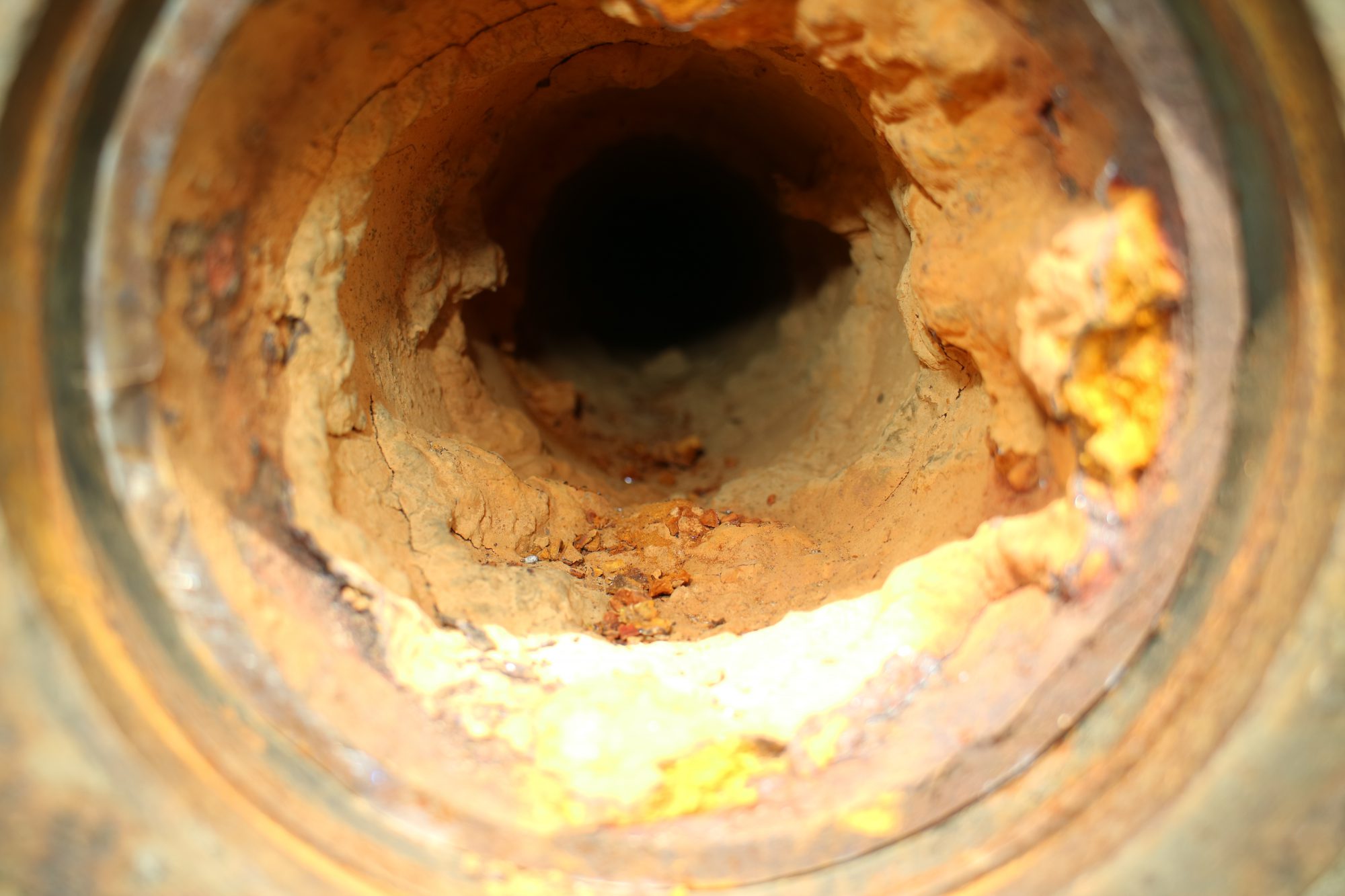Corrosion in buried water pipelines is a pervasive issue that can have severe technical, social, and economic consequences. This problem not only deteriorates the quality of water but also significantly shortens the lifespan of pipelines, causing leaks, bursts, and other critical failures. The impacts of such corrosion are far-reaching, affecting everything from water supply reliability to public health and infrastructure stability.
The Techno-Socio-Economic Impact of Pipeline Corrosion
Corrosion in water pipelines has multiple detrimental effects. Technically, it compromises water quality, leading to discoloration and contamination, and causes hydraulic losses due to restricted water flow. Additionally, it directly damages the pipelines, resulting in metal loss, pipe wall perforation, and ultimately, pipeline failure. These failures disrupt potable water services, cause flooding, traffic congestion, and create significant inconveniences for the public.
Economically, the costs associated with pipeline corrosion are substantial. Direct costs include expenses for water loss, pipeline repairs, and maintenance, while indirect costs encompass water damage, service disruptions, and the societal impact of decreased water quality and accessibility.
Causes of Pipeline Corrosion
The causes of corrosion in buried water pipelines are complex and multifaceted. They can be broadly categorized into environmental, pipe-related, and operational factors. Environmental factors include soil composition, moisture levels, and the presence of stray currents. Pipe-related factors involve the materials used in the pipelines and their susceptibility to corrosion. Operational factors pertain to the maintenance practices and the chemical composition of the water being transported.
A recent review highlighted the need for a more comprehensive understanding of these factors. While previous studies have focused on specific causes like soil-related parameters and microbial activity, there is a significant research gap in addressing all contributing factors together. This gap underscores the need for innovative solutions to prevent and mitigate pipeline corrosion effectively.
DragX: A Cutting-Edge Solution for Pipeline Corrosion
In the battle against pipeline corrosion, DragX emerges as a revolutionary solution. This advanced nanocoating technology is designed to protect pipelines from the harsh environmental and operational conditions that lead to corrosion. By applying DragX, pipeline operators can significantly enhance the durability and longevity of their infrastructure.
DragX works by forming a protective barrier on the interior and exterior surfaces of pipelines. This barrier prevents corrosive elements from interacting with the pipeline material, thereby reducing the risk of metal loss, perforation, and other forms of damage. The nanocoating also improves flow efficiency by minimizing friction, which can lead to reduced energy consumption and operational costs.
Moreover, DragX is highly effective in varying environmental conditions, making it a versatile solution for different types of pipelines and soil compositions. Its application can significantly lower maintenance costs, reduce the frequency of repairs, and extend the overall service life of water pipelines.
The Future of Corrosion Prevention in Water Pipelines
As the need for reliable water infrastructure continues to grow, addressing pipeline corrosion cannot be overstated. With solutions like DragX, the industry can move towards more sustainable and cost-effective practices, ensuring that pipelines remain functional and safe for decades.
By leveraging advanced technologies like DragX, pipeline operators can not only prevent the damaging effects of corrosion but also optimize their operations for better economic efficiency. This proactive approach will play a crucial role in maintaining the integrity of water supply systems and safeguarding public health and safety. Continue to learn more from our experts through here.

